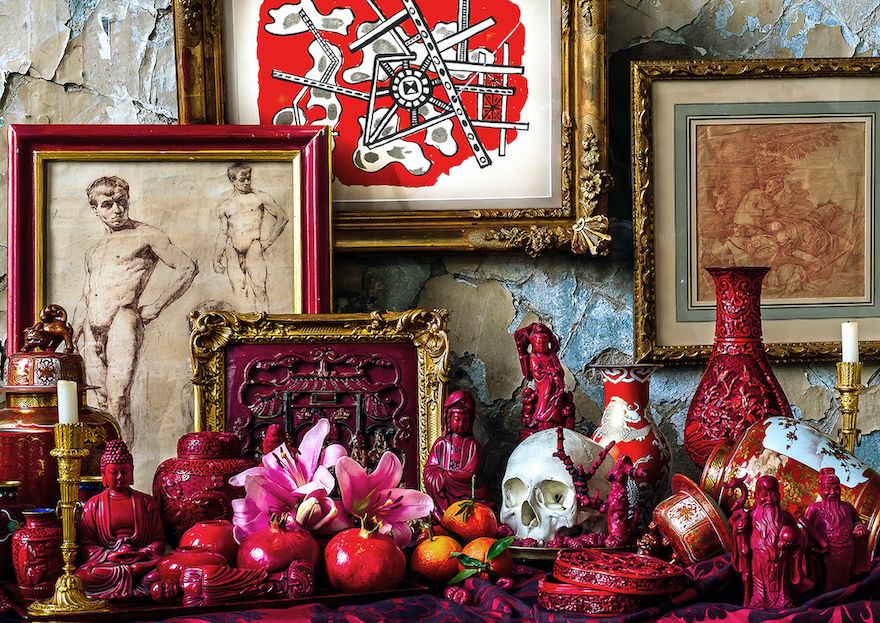Markus Rock: Provocation in Pictures
The large format pictures of photo artist Markus Rock are anything but nice and pleasing compositions. His oeuvre, he has already shown on many international exhibitions like the NordArt, is provocative and thought-provoking.
Markus Rock’s photographic work centres on the question of what it means to be human in contemporary society. His earlier series show de-contextualised naked female and male bodies floating on black surfaces. The prints confront us with different states of individual being. But they also thematise the universal human longing for intimate and meaningful relationships. The physicality of the human body, the images suggest, is the landscape into which such searches for and struggles over human identity and selfhood – individual and collective — are inscribed. The ultra-realistic aesthetics of Rock’s photography can be deeply unsettling because the boundary between the body’s reality and its representations is kept open, porous and undefined. The powerful drama of human life is there for us to see and we are inescapably drawn right into it, complicit in the construction of ‘the Other’. The struggles of fellow human beings for dignity and recognition, Rock’s powerful images remind us, are always part of our own.
Modern vanitas symbolism
In his most recent work Markus Rock continues his visual exploration into what it means to be human in today’s world. He is particularly interested in what role material culture plays in who we think we are. Is there a meaning to the physical world that goes beyond its materiality, its mere use value? Rock is inspired by the old genre of vanitas still-lives which first emerged during the Golden Age of Dutch and Flemish culture in the 16th and 17th century. Decorating the parlours of the burgeoning merchant and bourgeois classes such meticulously arranged and amazingly realistic paintings aimed to show off the wealth of the patrons. They also celebrated the then growing stress on worldly accomplishments and human abilities: colourful paintings carefully combined the precious, rare and exceptional produced by the arts and to be found in nature with the pleasures of the mundane: flowers, bread, cheese, fruits and vegetables, books, jewels, golden and silver wine-filled chalices, scientific objects, maps, mirrors, Venetian glass, Chinese porcelain, silver cutlery, Indian cloth and Turkish carpets. Such opulent paintings were – and still are – a material feast for the eyes. Some of the objects there depicted, however, such as the hourglass and even more importantly the human skull, drove home another profound, if invisible, philosophical message: all is vanity, they reminded the viewer, and thus pointed to the transience and brevity of human life as well as to the shallowness of all human pleasures, of power, beauty and wealth.… weiterlesen

CultureAndCream Author from Munich
To travel during my profession as a beauty journalist was never enough for my. Also my six month on a world trip didn’t do it. It always attracts me to other cities, foreign countries, on roadtrips and places I don’t know yet. But I am not only interested in “culture” and “cream”, I am also fascinated by people who have stories to tell . Such unique experiences I want to share with you.
